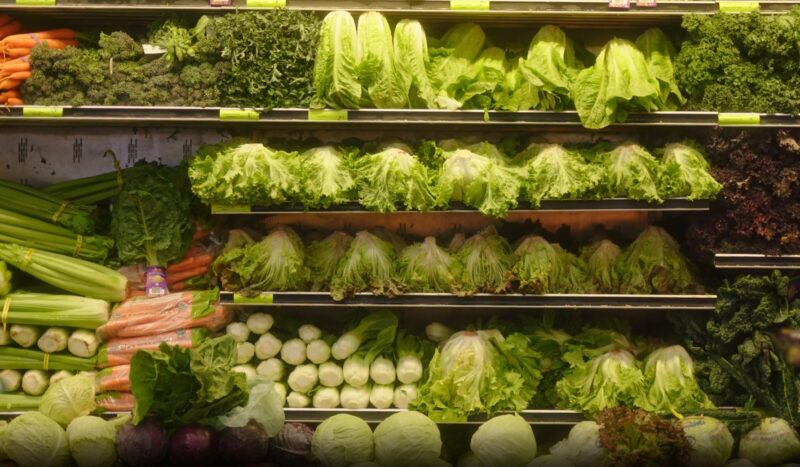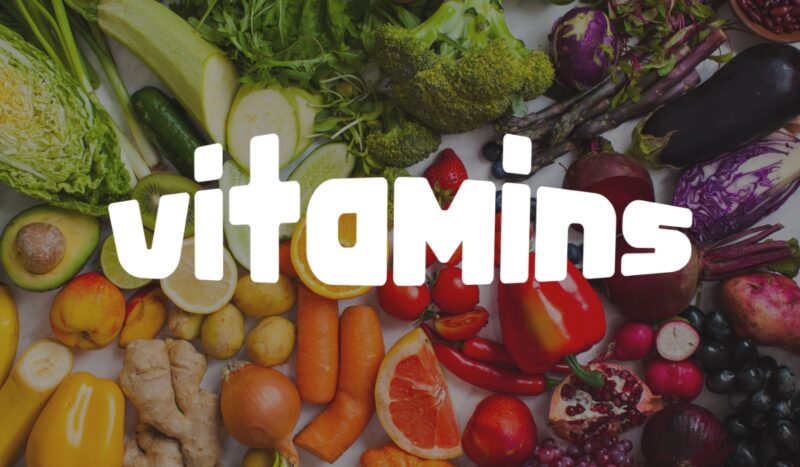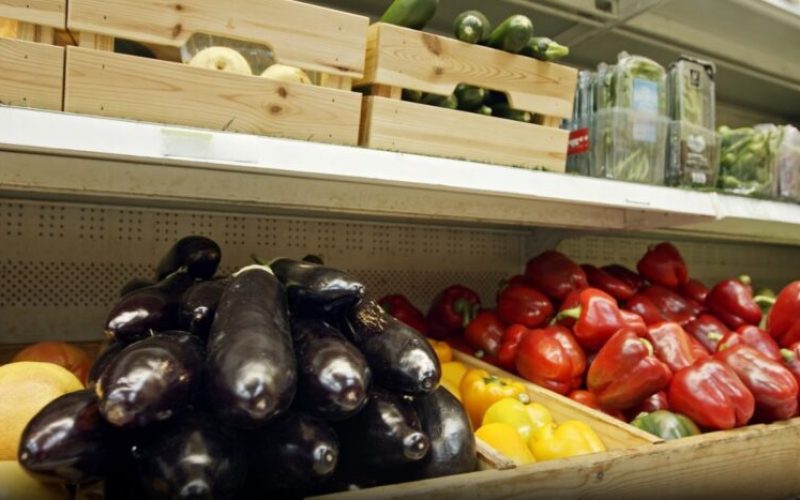I get it, going to a supermarket is a much easier way to get food than growing your own or reaching out to a farm and buying some.
But how often do you ask yourself about the quality of their products? There are many studies out there that spoke about the quality of, let us say, vegetables at supermarkets.
Today, I would like to talk about this subject and make a case for locally sourced vegetables.
I will focus on veggies, but the same can be said about practically all products.
Issues with Supermarket Vegetables

Supermarket vegetables often lack the freshness and quality of home-grown or locally sourced produce.
The extended supply chain from farm to store means that vegetables can be days or even weeks old by the time they reach the consumer, resulting in a significant loss of flavor and nutritional value.
The compromise on quality can negatively impact both taste and health benefits.
Quality and Freshness
The quality and freshness of supermarket vegetables are often compromised due to the length of time they spend in transit and storage.
Vegetables may be harvested before they are fully ripe to withstand the rigors of transportation, further diminishing their taste and nutritional value.
By the time they arrive at the store, they might have already lost a significant portion of their original freshness.
The storage conditions in supermarkets, such as refrigeration, can sometimes alter the texture and taste of the vegetables, making them less appealing to consumers.
A lack of freshness not only reduces the enjoyment of eating but also diminishes the health benefits that fresh vegetables are supposed to provide.
Economic Disadvantages for Farmers

The pricing strategies of supermarkets can be detrimental to farmers.
Supermarkets often demand low prices, which can squeeze farmers’ profit margins and make it difficult for them to sustain their operations.
It leads to financial strain and, in some cases, forces farmers to abandon their businesses, reducing the diversity of available produce.
The power imbalance between supermarket chains and small-scale farmers means that farmers have little negotiating power and are often forced to accept unfavorable terms.
Economic pressure can result in farmers cutting corners to reduce costs, potentially compromising the quality and sustainability of their farming practices.
In the long run, this situation undermines the viability of local agriculture and threatens the livelihoods of farming communities.
Environmental Concerns
Large-scale commercial farming associated with supermarkets has a higher carbon footprint.
Industrial farming practices often involve heavy use of pesticides and fertilizers, which can lead to soil degradation and water pollution.
The reliance on monocultures also reduces biodiversity and makes the agricultural system more vulnerable to pests and diseases, further exacerbating environmental concerns.
Long-distance transportation of supermarket vegetables contributes significantly to greenhouse gas emissions.
The carbon footprint of transporting produce from distant farms to supermarket shelves is considerable, contributing to climate change. The energy-intensive processes involved in packaging and preserving vegetables for supermarket sales add to the environmental burden.
The Case for Locally Sourced Vegetables

Home-grown and locally sourced vegetables offer numerous nutritional advantages.
They are often fresher than supermarket produce, retaining more vitamins, minerals, and antioxidants.
The reduced time between harvest and consumption ensures that these vegetables have higher nutritional value, contributing positively to a healthy diet.
Nutritional Advantages

When vegetables are sourced locally, they are usually harvested at peak ripeness, which means they are packed with essential nutrients.
Unlike supermarket vegetables that may be picked before they are fully ripe to withstand long transportation times, local produce is allowed to mature naturally. It means they can fully develop their nutritional profiles.
A short time between harvest and consumption helps preserve the levels of:
Economic Benefits
Buying from local farmers injects money directly into the local economy, fostering community development.
It supports small-scale farmers and helps create jobs, strengthening economic resilience.
When consumers buy locally, their money stays within the community and circulates among local businesses and services, creating a multiplier effect that boosts the local economy. The financial benefits of supporting local agriculture don’t just affect the individual farmer.
The entire community gains stability and growth this way. Local farmers reinvest in their farms and communities, contributing to local infrastructure, schools, and public services.
The localized economic activity helps build a stronger, more resilient community, where residents can enjoy better services and an improved quality of life.
Consumer Behavior and Market Trends
Supermarkets influence consumer behavior significantly through pricing strategies. By offering low prices, they drive sales but often at the expense of quality and fairness.
It encourages consumers to prioritize cost over the quality and ethical considerations of their food, perpetuating a cycle that favors mass production and large-scale commercial farming over sustainable practices. High standards for appearance in supermarkets contribute to significant food waste.
Vegetables that do not meet these aesthetic standards are often discarded, even if they are perfectly edible.
It doesn’t only lead to loss of food but also squanders the resources used to grow and transport it, including:
Market trends show a growing interest in alternatives like organic produce and farm-to-table dining, reflecting a shift towards more sustainable consumption patterns.
These options are often more expensive, posing a challenge for widespread adoption.
Efforts to educate consumers about the true cost of food and the benefits of sustainable choices are crucial in driving further change in market behavior.
Alternative Approaches and Solutions
Alternatives exist, and they are quite numerous, but there are two of them that stand out from the crowd:
1. Community Supported Agriculture (CSA)
Joining a CSA is not just about receiving fresh produce; it’s about building a relationship with the farmers who grow your food.
By paying upfront, consumers provide farmers with the capital they need to purchase seeds, equipment, and other necessary supplies before the growing season begins.
The support reduces the farmers’ reliance on loans and mitigates the risks associated with unpredictable weather and market fluctuations.
In return, CSA members receive weekly or bi-weekly boxes of seasonal produce throughout the farming season. It is an arrangement that encourages consumers to eat seasonally and try a variety of vegetables they might not otherwise purchase.
Many CSAs offer add-ons like fresh eggs, dairy products, and meat, further connecting consumers to a broader range of local food sources.
CSAs foster a sense of community and create a direct connection between producers and consumers, enhancing transparency and trust in the food system.
Members often have opportunities to visit the farm, participate in harvest days, and attend farm events, deepening their understanding of agricultural practices and the effort involved in producing their food.
2. Home Gardening

Home gardening is another effective approach to ensuring fresh, nutritious food.
Growing your vegetables gives you control over the cultivation process, allowing you to avoid harmful pesticides and ensure optimal harvesting times.
It also provides the satisfaction of self-sufficiency and the joy of eating produce you’ve nurtured from seed to table.
Home gardening can be done on various scales, from small container gardens to larger backyard plots, making it accessible to many people.
For those with limited space, container gardening on balconies or patios can still yield a surprising amount of produce.
Raised beds or traditional in-ground gardens are ideal for those with more space, allowing for a wider variety of plants and larger harvests.
Gardening offers numerous benefits beyond providing fresh produce. It’s a form of physical exercise that can improve overall health and well-being.
Spending time outdoors in the garden reduces stress, enhances mood, and provides a sense of accomplishment.

